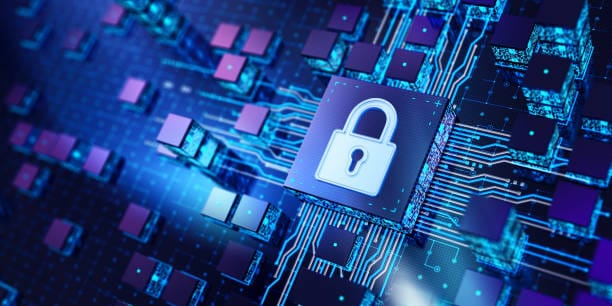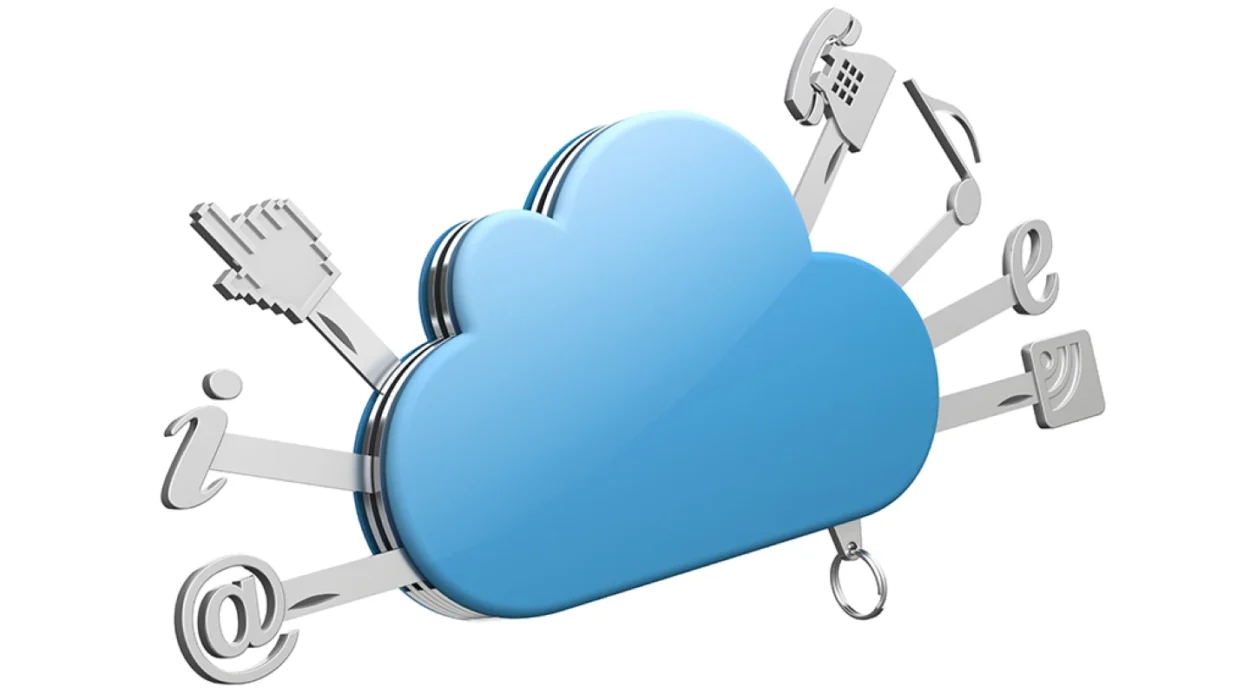Imagine waking up to find your bank account drained, your private conversations stolen, and your identity hijacked. Not because you left the front door open or lost your wallet—but because somewhere, miles away, a person behind a screen slipped silently into your digital life. They didn’t break glass or pick a lock; they broke encryption, guessed a password, or lured you into clicking a malicious link.
This is the world we live in now. Not a world of swords and shields, but of firewalls and malware, of social engineering and encryption algorithms. The internet—once a symbol of limitless connection and information—is also a battleground. And every user, from teenagers on TikTok to grandparents checking email, is a potential target.
Cybersecurity isn’t just a topic for IT professionals or government agencies anymore. It is a matter of personal safety, financial survival, and emotional peace. If you own a smartphone, use a Wi-Fi connection, store photos online, or pay a bill electronically—you are part of this new world. And in this world, being uninformed is being vulnerable.
The Digital Skeleton of Our Lives
To understand cybersecurity, we must first appreciate what exactly we’re protecting.
Every modern life has a digital skeleton. Our photos, texts, banking records, browsing habits, travel patterns, health data, and even thoughts typed into a search bar—these are stored in the invisible realm of servers and cloud storage, scattered across continents. Every post, click, and download adds another bone to that skeleton.
But it’s not just personal. Governments operate digital infrastructure that controls transportation, energy, water supply, healthcare systems, and national defense. Corporations rely on networks for production, finance, and logistics. Schools, hospitals, voting systems—they all function through digital veins. Disrupt those veins, and society itself trembles.
Hackers know this. And some of them aren’t just curious kids in basements. They’re organized groups, some sponsored by states, others driven by ideology or profit. They weaponize code to hold hospitals hostage, interfere in elections, and extract billions in ransoms. In such a landscape, understanding cybersecurity is no longer optional—it’s essential.
What Is Cybersecurity, Really?
Cybersecurity is the science, strategy, and art of protecting information systems—computers, servers, mobile devices, networks, and data—from malicious attacks. It’s about keeping the bad guys out and ensuring that your digital self remains intact, untampered, and private.
It’s built on three fundamental principles, often referred to as the CIA Triad:
- Confidentiality: Keeping data private and accessible only to those who are authorized to see it. Think of this as your digital diary lock.
- Integrity: Ensuring data isn’t altered or corrupted without detection. You don’t want someone rewriting your medical records or changing the amount on your paycheck.
- Availability: Making sure systems and data are accessible when needed. A bank website that goes down for days is just as dangerous as one that’s been hacked.
Cybersecurity involves tools like firewalls, antivirus software, encryption, intrusion detection systems, and multifactor authentication. But it also involves psychology—understanding how users behave, how they can be tricked, and how to create habits that strengthen digital safety.
The Most Common Threats You Face
Cyber threats come in many forms. Some are direct and brutal. Others are subtle, sneaky, and hard to trace. To grasp the full scope of cybersecurity, you must first understand what you’re up against.
One of the oldest and most persistent threats is malware—a portmanteau of “malicious software.” These are programs designed to damage or disrupt your system, steal information, or gain unauthorized access. Malware can take many shapes: viruses, which attach to files and replicate; worms, which spread across networks; Trojans, which disguise themselves as legitimate software; and ransomware, which locks your files and demands payment.
Then there’s phishing—arguably the most successful form of cyberattack because it doesn’t target machines, but people. A phishing attack typically arrives as an email or message, pretending to be from a bank, colleague, or friend, asking you to click a link or provide sensitive information. Once you do, the trap is sprung. Variations include spear-phishing (targeted attacks), vishing (voice phishing), and smishing (SMS phishing).
A growing threat is social engineering, where hackers manipulate human behavior rather than computer code. They may pose as tech support, a family member, or even a romantic interest to gain your trust and, eventually, access to your information.
Other attacks include DDoS (Distributed Denial of Service) attacks, which flood a website with traffic to crash it; keyloggers, which track every keystroke; and zero-day exploits, which take advantage of vulnerabilities that developers haven’t patched yet.
And then there’s the nuclear option—data breaches, where massive amounts of personal data are stolen from a company or institution. Think of the Equifax breach, which exposed the personal data of over 140 million people. Or the 2021 Facebook breach, which leaked data from over 500 million accounts. These aren’t just numbers. They are millions of individual lives, now vulnerable.
The Human Factor: Our Greatest Strength—and Weakness
Despite all the high-tech tools available, the most common point of failure in any cybersecurity system is the same: human beings.
We use weak passwords. We reuse them across sites. We click suspicious links, download attachments from strangers, and fall for messages that say “URGENT! Your account has been compromised.” We forget to update our software, ignore security warnings, and assume “it won’t happen to me.”
This isn’t a condemnation—it’s a reality. We are emotional creatures, wired to respond to urgency, fear, and curiosity. Hackers exploit that. That’s why training and awareness are key components of cybersecurity. You don’t need a computer science degree to protect yourself. You need habits. You need awareness.
Passwords: The Keys to Your Kingdom
A password may seem like a small thing, but it is the front door to your digital home. And far too many people leave that door barely cracked.
The most common passwords in the world still include “123456,” “password,” and “qwerty.” These can be cracked in seconds. Even more complex passwords can be cracked if reused or stored insecurely. Hackers use automated tools that can try billions of combinations in seconds—what we call brute-force attacks.
A strong password is long (at least 12 characters), random (not tied to birthdays or pet names), and unique (not reused). Even better, use a password manager—software that generates and stores complex passwords securely.
And then there’s two-factor authentication (2FA)—a simple but powerful tool that adds an extra layer of security. Even if someone steals your password, they won’t get in without the second factor, like a code sent to your phone or a biometric scan.
The Illusion of Privacy on Public Networks
Public Wi-Fi feels convenient—at cafes, airports, hotels. But it’s often unsecured. That means anyone connected to the same network can potentially intercept your data.
Hackers set up rogue access points—Wi-Fi networks that look legitimate but are traps. Connect to one, and they can see everything you do: websites visited, passwords typed, emails read.
The best defense is a Virtual Private Network (VPN), which encrypts your connection and routes it through a secure server. It’s like having a private tunnel in the middle of a crowded freeway.
Social Media: Sharing, Oversharing, and the Threat Within
Social media connects us, entertains us, and often defines our online identity. But it also provides hackers with a treasure trove of information.
Your birthday, hometown, school, favorite color, pet’s name—these seem harmless. But they’re the exact questions used in security systems. With enough digging, a hacker can piece together your digital fingerprint and crack your accounts.
Even more insidiously, social media platforms themselves can be targets. If they suffer a breach, all your private messages, photos, and friend lists could be exposed.
The lesson? Be mindful. Share, but selectively. Use privacy settings. And remember: if you wouldn’t shout it in a crowded mall, don’t post it online.
Cybersecurity for Kids and Teens
Children are growing up in a world that is digital from day one. They play, learn, and socialize online. But with that access comes vulnerability.
Predators, bullies, and scammers know how to target young users. They exploit their innocence and curiosity. They lure them into unsafe conversations, phishing schemes, and dangerous challenges.
Parents and educators must prioritize digital literacy. Talk openly with children about online safety. Use parental controls wisely, but focus more on teaching judgment, empathy, and skepticism.
Cybersecurity for kids isn’t about fear—it’s about empowerment.
When Businesses Become Battlefields
For companies, cybersecurity is no longer just an IT issue. It’s a boardroom issue, a customer trust issue, and sometimes a life-or-death issue.
A ransomware attack on a hospital can delay surgeries and cost lives. A breach at a financial institution can ripple across the global economy. A leak of customer data can sink a startup overnight.
Organizations must adopt zero-trust architecture—a strategy that assumes no user or system is automatically trustworthy, and access is tightly controlled and monitored. They need intrusion detection systems, regular audits, employee training, incident response plans, and cybersecurity insurance.
And most of all, they need a culture that values security not as an inconvenience, but as a foundation.
The Evolving Threat Landscape
Cybersecurity is never static. As defenses grow stronger, so do attacks. Artificial Intelligence is now used on both sides—defending against threats and launching smarter, faster attacks.
We’re seeing the rise of deepfakes, synthetic media so convincing it can fake a CEO’s voice to authorize a fraudulent transfer. We’re facing threats to critical infrastructure, including power grids and water systems. And with the rise of the Internet of Things (IoT)—smart refrigerators, baby monitors, doorbells—our physical lives are increasingly connected to digital vulnerabilities.
The next frontier may be quantum computing, which could render current encryption obsolete. Or biometric hacking, which targets your fingerprints or facial recognition.
The only constant in cybersecurity is change.
How to Build a Cyber-Resilient Life
So how can you, as an individual, navigate this landscape?
Start with awareness. Know that no device is too small, no person too insignificant to be targeted. Take practical steps: strong passwords, updates, backups, 2FA. Learn to recognize scams, question unexpected messages, and verify before clicking.
Use security tools—but remember, the greatest firewall is between your ears. Critical thinking, caution, and curiosity are your best defenses.
Build habits, not just reactions. Don’t wait for something bad to happen. Prevention is always less painful than recovery.
Cybersecurity Is a Human Right
Ultimately, cybersecurity is about dignity. It’s about preserving our autonomy, our freedom to speak and think and dream without fear of being watched or manipulated.
In a world where data is currency and information is power, protecting your digital life is protecting your real life.
Cybersecurity is not the absence of danger—it is the presence of strength. It’s not about paranoia—it’s about preparedness. And it is not the job of experts alone—it is the responsibility of every person who touches a keyboard, taps a screen, or enters a password.
So take your place. Secure your world. Defend your digital self. The future is wired—and it belongs to the aware.






